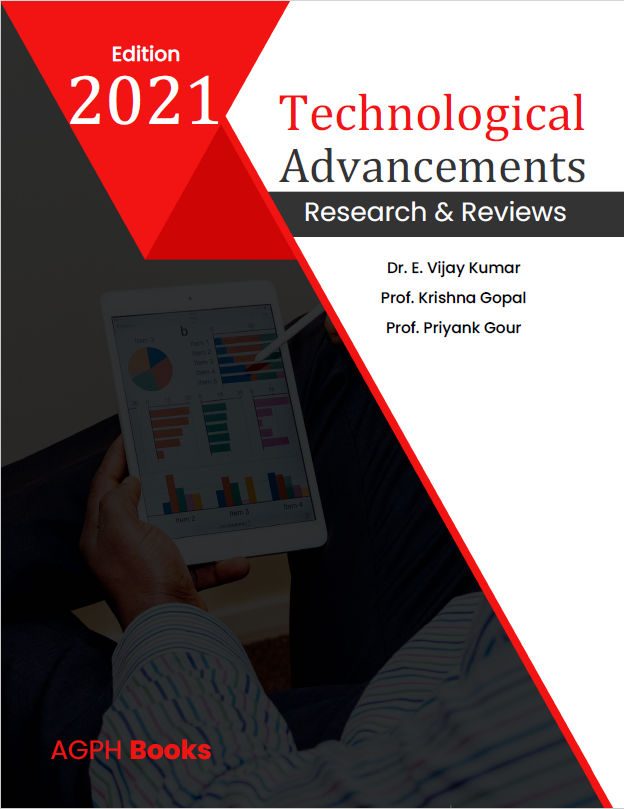A study on the Effect of Cooling Capacity in Capillary Ceiling Radiant Cooling Panel by usingdifferent Shape Pipe Design & Parameters
Keywords:
Radiant cooling, Ceiling design, Heat transfer, Pipe arrangements, Ceiling material, CFD, ANSYS, floor heating/cooling, spiral tubeAbstract
In order to obtain surface temperature distributions and cooling capabilities, a computational fluid dynamics (CFD) simulation was carried out on the heat transfer of chilled water flow in the capillary of the ceiling radiant cooling panel. Capillary radiant panel circumstances and transfer performance were complicated by six elements, including chilled water intake parameters, gypsum plaster conditions, and capillary matting structural characteristics. Temperature profiles on ceiling panels may be evaluated using an index of temperature non-uniformity coefficient. The results of the simulation were compared with temperature variation and hydraulic power is calculated in terms of pressure in all 4 cases which are defined in form of different shapes of pipes and variation in gap between each pipe. Pipe having spiral shape with 20 mm spacing between each spirals have the best heat absorptions rate and this design obtain lowest temperature in ceiling which is 17.593.
References
[1] Y. Luo, L. Zhang, Z. Liu, Y. Wang, J. Wu, and X. Wang, "Dynamic heat transfer modeling and parametric study of thermoelectric radiant cooling and heating panel system," Energy Convers. Manag., vol. 124, pp. 504-516, 2016, https://doi.org/10.1016/j.enconman.2016.07.055
[2] D. Xie, Y. Wang, H. Wang, S. Mo, and M. Liao, "Numerical analysis of temperature nonuniformity and cooling capacity for capillary ceiling radiant cooling panel," Renew. Energy, vol. 87, pp. 1154-1161, 2016, https://doi.org/10.1016/j.renene.2015.08.029
[3] X. Zhai, Y. Li, X. Cheng, and R. Wang, "Experimental Investigation on a Solar-powered Absorption Radiant Cooling System," Energy Procedia, vol. 70, pp. 552-559, 2015, https://doi.org/10.1016/j.egypro.2015.02.160
[4] A. Chebihi, K. H. Byun, J. Wen, and T. F. Smith, "Radiant cooling of an enclosure," Energy Convers. Manag., vol. 47, no. 3, pp. 229-252, 2006, https://doi.org/10.1016/j.enconman.2005.04.004
[5] S. Aggarwal, "Radiant cooling systems for high performance buildings," J. Int. Acad. Res. Multidiscip., vol. 3, no. 9, 2016.
[6] A. S. Binghooth and Z. A. Zainal, "Performance of desiccant dehumidification with hydronic radiant cooling system in hot humid climates," Energy Build., vol. 51, pp. 1-5, 2012, https://doi.org/10.1016/j.enbuild.2012.01.031
[7] W. Jin, J. Jing, L. Jia, and Z. Wang, "The dynamic effect of supply water flow regulation on surface temperature changes of radiant ceiling panel for cooling operation," Sustain. Cities Soc., vol. 52, no. April 2019, p. 101765, 2020, https://doi.org/10.1016/j.scs.2019.101765
[8] H. Lim, Y. K. Kang, and J. W. Jeong, "Application of a phase change material to a thermoelectric ceiling radiant cooling panel as a heat storage layer," J. Build. Eng., vol. 32, no. September, p. 101787, 2020, https://doi.org/10.1016/j.jobe.2020.101787
[9] M. I. Jobli, R. Yao, Z. Luo, M. Shahrestani, N. Li, and H. Liu, "Numerical and experimentalstudies of a Capillary-Tube embedded PCM component for improving indoor thermal environment," Appl. Therm. Eng., vol. 148, no. September 2018, pp. 466-477, 2019, https://doi.org/10.1016/j.applthermaleng.2018.10.041
[10] N. Li and Q. Chen, "Experimental study on heat transfer characteristics of interior walls under partial-space heating mode in hot summer and cold winter zone in China," Appl. Therm. Eng., vol. 162, no. July, 2019, https://doi.org/10.1016/j.applthermaleng.2019.114264
[11] M. T. Plytaria, E. Bellos, C. Tzivanidis, and K. A. Antonopoulos, "Numerical simulation of a solar cooling system with and without phase change materials in radiant walls of a building," Energy Convers. Manag., vol. 188, no. March, pp. 40-53, 2019, https://doi.org/10.1016/j.enconman.2019.03.042
[12] X. Zhou, Y. Liu, M. Luo, L. Zhang, Q. Zhang, and X. Zhang, "Thermal comfort under radiant asymmetries of floor cooling system in 2 h and 8 h exposure durations," Energy Build., vol. 188-189, pp. 98-110, 2019, https://doi.org/10.1016/j.enbuild.2019.02.009




